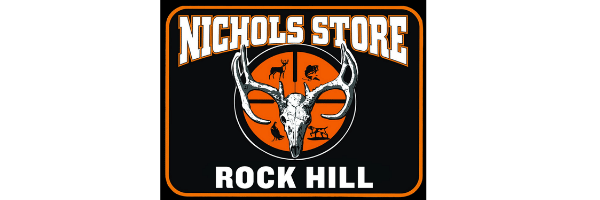Today, most of us associate steel with strength. But this important industrial metal is not found in nature. It is an alloy that must be created by mixing iron and carbon. The steel formulation used today has only been around since the 19th century.
The roots of steel can be traced back to the Iron Age over 4,000 years ago. It began with the discovery that iron was harder and stronger than bronze, which had been the most-used metal until that point. Iron quickly became the favored metal of the age, and was used to forge stronger tools and weapons. However, the quality of the iron varied greatly depending on the way it was produced and the amount of carbon in the alloy. Too much carbon makes iron brittle and prone to cracking.
The growth of the railroad industry during the 1800s put stress on the iron industry to keep up with the demand and need for safe materials. At that time, steel was still not proven as a safe structural material and its production was not yet very efficient. But this all changed near the mid-1800s as the race was on in Europe to develop a better steel with more efficiency to drop prices. The birth of the modern steel industry was just the answer the railroad industry needed to solve the problem of iron’s brittleness and its production processes.
It was also the answer the safe industry needed, too. Thanks to Andrew Carnegie and other late 19th century capitalists, the U.S. steel industry continued to grow in efficiency and innovation.
Liberty uses only the best steel in our safes.
